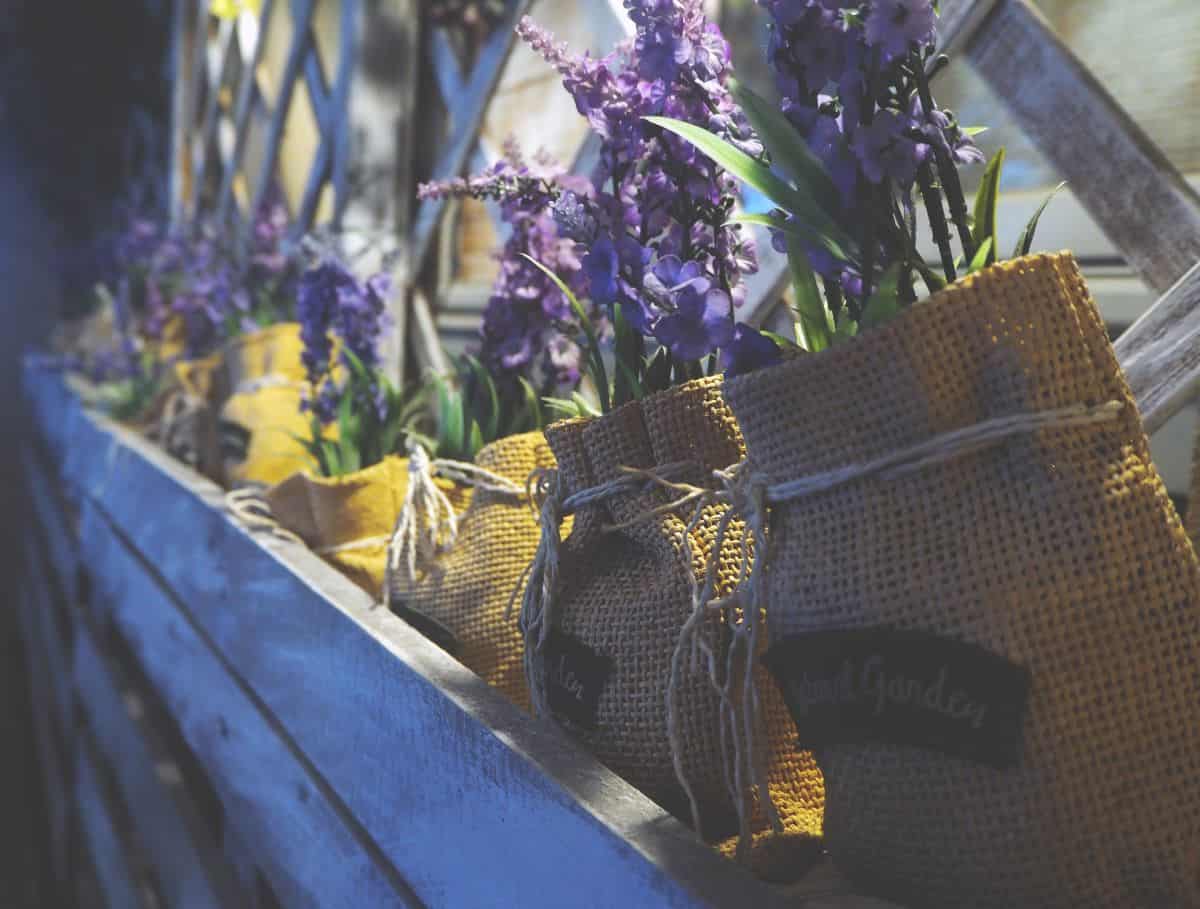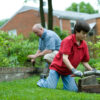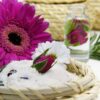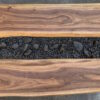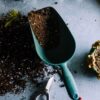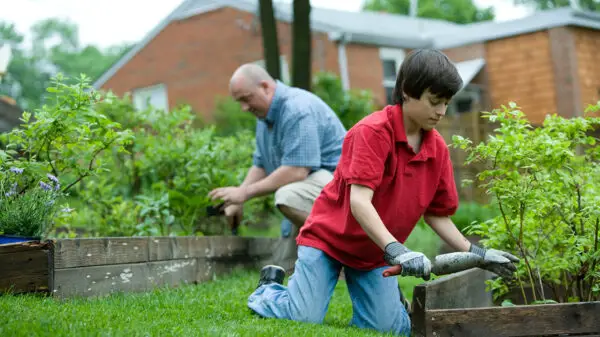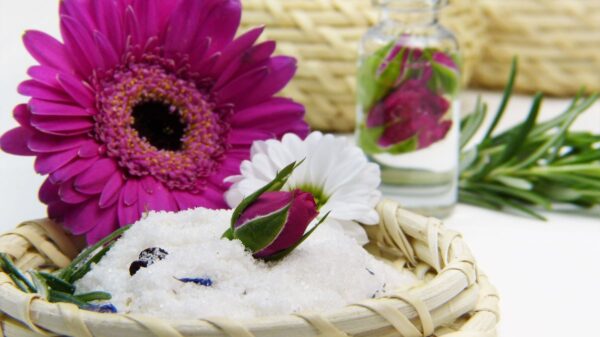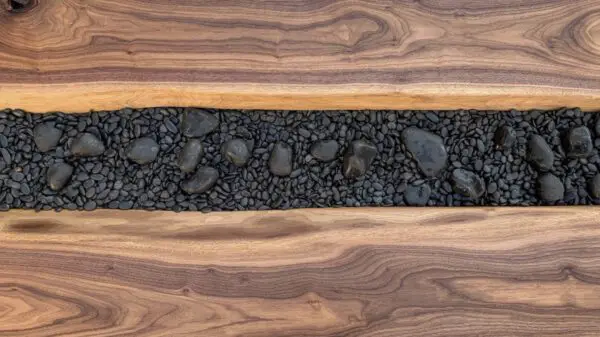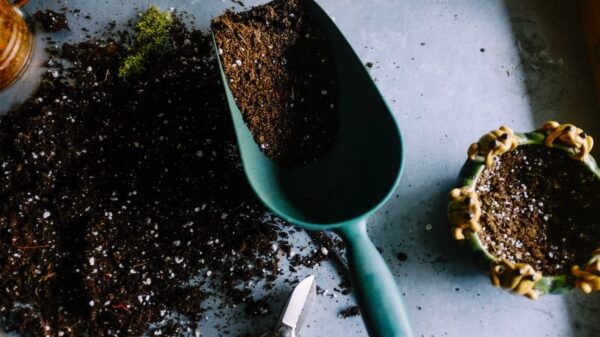Create an Indoor Garden Using Garden Containers
A dream of mine has always been to have my garden to take care of. After moving into a new house, I realized that the area is filled with little animals that would love to eat most flowers. After reading many gardening books, I found the best solution to avoid bunnies eating my plants: an indoor garden!
Is it possible to have an indoor garden using garden containers? Yes! Garden containers are the best way to create an indoor garden, as you can move them around your house and bring your plants wherever you please. Garden containers can come in many shapes and sizes: from a beautiful wooden wine barrel to a more modern, square pot.
There are many options when it comes to choosing the perfect garden container for you, so we compiled a list of the best options and why they work.
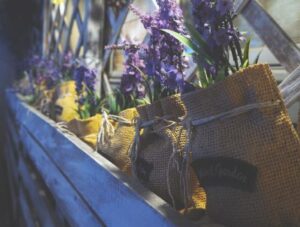
The Best Garden Containers For Your Indoor Garden
I found that the best garden containers have two important factors: drainage and soil type. Make sure that the container you choose has a hole in the bottom so that excess water can escape. If your plants sit in water, they will rot and die. Garden containers with good drainage will also prevent root rot, a common problem when growing plants indoors.
In addition, it is important to use the right soil for your indoor garden. Garden soils are specifically made for outdoor planting and do not work well for indoor gardens. You will need to purchase a soil mix that is made for potted plants. This mix will have better drainage and be lighter than regular garden soil.
When choosing containers for your indoor garden, think about how much light the plants will receive. Some containers, like dark ceramic pots, will absorb and hold heat. This can be beneficial for plants that like warm temperatures.
Other containers, like metal or plastic pots, will reflect light to the plants. If you are not sure which type of container to choose, try asking your local garden center!
Prepping For An Indoor Garden
Once you have found your perfect garden container, several things need to be done to prep it for use. If the container is new or if it has never been used before, then cleaning should be a top priority. This ensures that you don’t introduce any disease into the soil mix that could possibly kill all of your plants!
After this has been done by washing or wiping out just make sure that it is completely dry before planting anything within it. If the container has been used before, then you may have to do some light work on it.
Make sure all old soil is scraped out and that any old roots are removed so that they don’t attempt to grow around or through your new garden planter. You can also wash down your container with water if it is very dirty but make sure you dry it completely before planting anything too!
Fertilizing Your Container Garden
Finally, when it comes to fertilizing your garden containers two things should be noted. First off, using actual fertilizer within your indoor garden might not always be necessary. Most plants grown in garden containers require fewer nutrients than those grown outdoors. However, this does depend on what kind of plant you are growing! Some garden container plants like herbs and tomatoes do need to be fertilized more regularly than, say, a fern.
The second thing to consider is that the type of fertilizer you use will also depend on where your garden container is situated. If it is in a spot that receives a great deal of sunlight, then using a water-soluble fertilizer would be ideal so that the plant can absorb as many of the nutrients as possible.
However, if your garden container is in an area with less light then using a slow-release fertilizer would be better so that it doesn’t burn or damage your plants.
What Plants Are Best For An Indoor Garden?
Almost any plant can be grown in a garden container, but some plants are better suited for indoor gardens than others. Herbs are great for indoor gardens because they do not require a lot of sunlight and they are easy to care for. You can also grow vegetables in containers indoors.
However, you will need to provide them with enough light. If you are looking for flowers to grow in your indoor garden, try choosing plants that do not require a lot of sunlight. Here is a list of plants that thrive indoors:
- Herbs: Basil, thyme, mint, parsley, cilantro
- Vegetables: Lettuce, spinach, kale, broccoli
- Flowers: Petunias, impatiens, African daisies
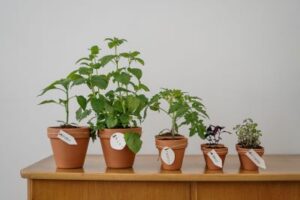
These plants have a low tolerance for direct sunlight, which makes Garden containers the perfect choice for them. Indoor garden containers make it easy to control what kind of light your plants receive so that they look great all year long!
What Do I Do With Garden Waste?
A lot of gardeners have compost piles for their organic garden waste. However, you can also use garden waste as mulch within our garden containers too! Garden waste includes anything that came from your gardens such as leaves, weeds, grass clippings, and even kitchen waste like vegetable peels and fruit cores.
Adding garden waste as mulch is a great way to help conserve moisture within the soil. It also helps to suppress weed growth. It is important to add mulch around the base of your plants but avoid putting it directly in contact with the stems as this can cause them to rot.
There are many different ways to recycle or reuse garden waste. Be sure to talk to your local gardeners about what works best for them! Garden containers make it easy for everyone to garden indoors, regardless of experience or space limitations. With just a little bit of preparation, you can be on your way to creating a beautiful indoor garden that will add life and color to any room in your home!
Indoor Gardening Tools That You Will Need
Indoor gardens are becoming more popular as everyone becomes more aware of the earth’s environment. Homeowners are now turning to indoor gardening because it allows them to grow plants anywhere in their home, without having to go outdoors.
Because indoor gardeners have limited space within their homes, they can only use indoor gardening tools and not outdoor tools like shovels and hoes. There is a wide variety of indoor gardening tools that you will need for your indoor garden; we’ll discuss them here.
1. Gloves
To protect your hands from dirt and scratches when caring for your indoor plants. They also protect your hands from harmful chemicals such as pesticides and herbicides. These are a must-have, and we recommend not starting any gardening project until you purchase them.
2. Pruners
Pruners are used to trim the stems and leaves of indoor plants. They come in different sizes, depending on the type of plant you are pruning. We recommend buying pruners that have a serrated blade to make it easier to cut through tougher stems.
3. Clippers
Clippers are used to cut flowers and/or branches from indoor plants. There is a wide variety of clippers, such as bypass clippers, anvil clippers, and hedge shears.
Each one has a different purpose and is best suited for a specific type of indoor plant. Make sure to research which type of clippers will work best for the plants in your indoor garden.
4. Trowel
A trowel is a small shovel that is used to dig holes in the soil for planting indoor plants. These are important because indoor plants still need to grow and evolve, so you’ll have to plant new indoor plants every once in a while.
5. Watering Can
You probably already have one of these at home. If not, you’ll want to buy a watering can that has a smooth spout for indoor use. Watering cans can range in size from a few ounces to several gallons.
It’s important to use the correct watering can for your indoor plants; for example, you wouldn’t want to use a large watering can on a small indoor plant.
6. Spade
A spade is a larger shovel that is used to move soil and mulch around in your indoor garden. This is important because indoor plants often need more soil and mulch than outdoor plants.
With the correct tools, indoor gardening can be a lot easier and more rewarding than you might think. There are indoor gardening tools for every indoor plant, so it’s important to know what tools you need for your indoor garden before purchasing indoor gardening supplies.
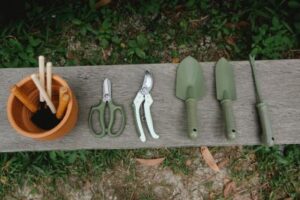
Create Your Indoor Garden!
Now that you know about the best garden containers for your indoor garden, it’s time to get started! Choose a sunny spot in your house, fill your chosen container with soil mix, and start planting.
Remember, gardening can be difficult in the beginning if you don’t have any experience. So, if you’re a beginner indoor gardener, start with easy-to-grow plants. With a little bit of practice, you’ll be able to grow any type of indoor plant in no time!


